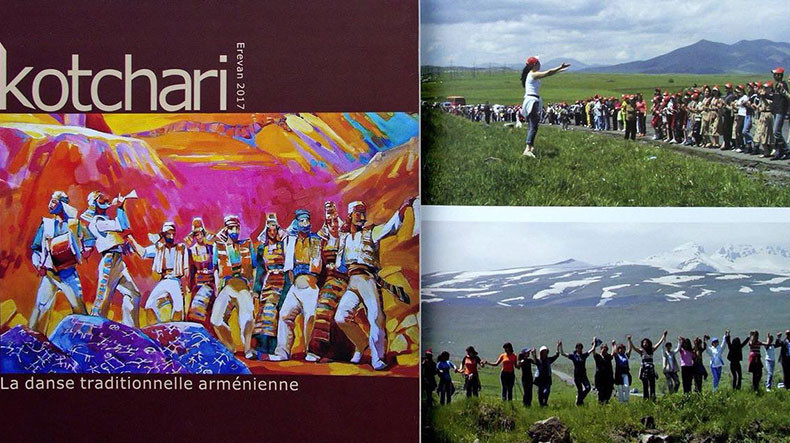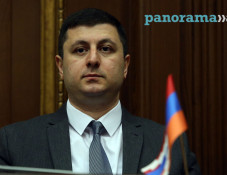
UNESCO recognizes Armenian Kochari dance as Intangible Cultural Heritage of Humanity
The United Nations Educational, Scientific and Cultural Organization (UNESCO) has included the Armenian Kochari traditional group dance in its list of intangible cultural heritage at the twelfth session of the Intergovernmental Committee for the Safeguarding of the Intangible Cultural Heritage taking place in Jeju Island, Republic of Korea.
“Kochari, traditional group dance, just inscribed on the Representative List of the Intangible Cultural Heritage of Humanity,” the organization said on Twitter.
Earlier this year, Armenia’s application for including “Kochari traditional group dance” in UNESCO list was positively assessed by the independent experts of the Intangible Cultural Heritage of Humanity.
“Kochari is a traditional dance that is widely performed throughout Armenia during holidays, festive celebrations, family ceremonies and other social events. It is open to all participants, irrespective of age, gender or social status.
Kochari provides a sense of shared identity and solidarity, contributes to the continuity of historical, cultural and ethnic memory, and fosters mutual respect among community members of all ages. It is transmitted through both non-formal and formal means, and is one of the rare traditional dances whose chain of transmission has never been interrupted,” reads a statement on the organization’s official website.
Armenia ratified UNESCO Convention for the Safeguarding of the Intangible Cultural Heritage (2003) in 2006 and, until now the organization has included four Armenian elements in its intangible cultural heritage list – the traditional Armenian bread lavash, the Armenian duduk, the khachkar (Armenian cross stones) and the Armenian national epic "David of Sassoun".
Newsfeed
Videos






























